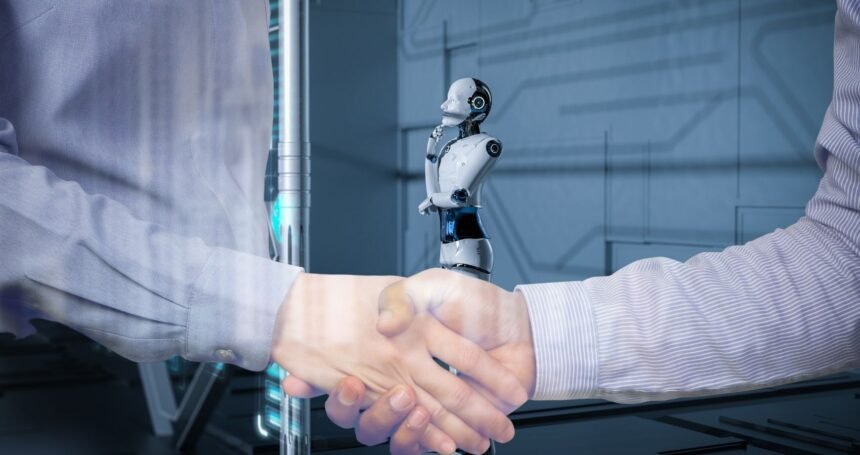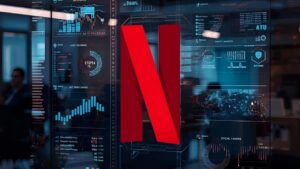Samsung Electronics and NVIDIA are working together on an AI megafactory that will combine accelerated computing with core semiconductor production. This is the next step in a partnership that has lasted more than 25 years.
The project, which was announced at industry events in Korea, will use over 50,000 NVIDIA GPUs to add AI to Samsung’s chipmaking, mobile device, and robotics businesses.
The main goal of the build is to virtualize and improve fab operations before changes are made to the line.
Samsung will use NVIDIA’s Omniverse platform to make digital twins of global fabs that are based on physics. This will allow for real-time planning, finding problems, and predicting when maintenance is needed.
The partners say that GPU accelerated lithography is already making a big difference. Samsung says that after adding NVIDIA’s cuLitho libraries to its OPC workflows, its computational lithography performance has improved by 20 times.
NVIDIA’s announcement makes the factory the center of agentic and physical AI in manufacturing.
Samsung’s announcement, on the other hand, talks about work that includes HBM, GDDR, SOCAMM, and custom solutions, as well as foundry services.
Samsung also says it wants to bring the AI factory model to important manufacturing centers, like Taylor, Texas, as it develops new design, process control, and packaging skills.
In a press release, Jensen Huang, the founder and CEO of NVIDIA, said, “We are at the dawn of the AI industrial revolution.”
Jay Y. Lee, executive chairman of Samsung Electronics, said, “We are very happy to keep working with NVIDIA after all these years.”
The companies didn’t say how much capital they needed, when they would deploy, or how much money they wanted to make.
AI is moving from cloud labs to heavy industry, where faster cycle times and higher yields can lead to long lasting increases in profit margins.
As factories automate inspection, maintenance, and logistics, that change will make the debate over AI taking over jobs and the economy more intense.
Working together on advanced HBM and future formats could give NVIDIA a wider range of suppliers and give Samsung another chance to get high quality AI grade parts.
Samsung is putting its manufacturing stack in a position to compete not only on wafer capacity but also on AI native workflows that speed up the time it takes to go from design to ramp by combining accelerated computing with design and process tools.
The megafactory is also part of NVIDIA’s larger effort to make the AI factory template standard across all of Korea’s industries.
This week, separate announcements about partnerships with SK Group and Hyundai showed that AI powered simulation and automation are becoming standard parts of modern manufacturing instead of just nice to haves.


















